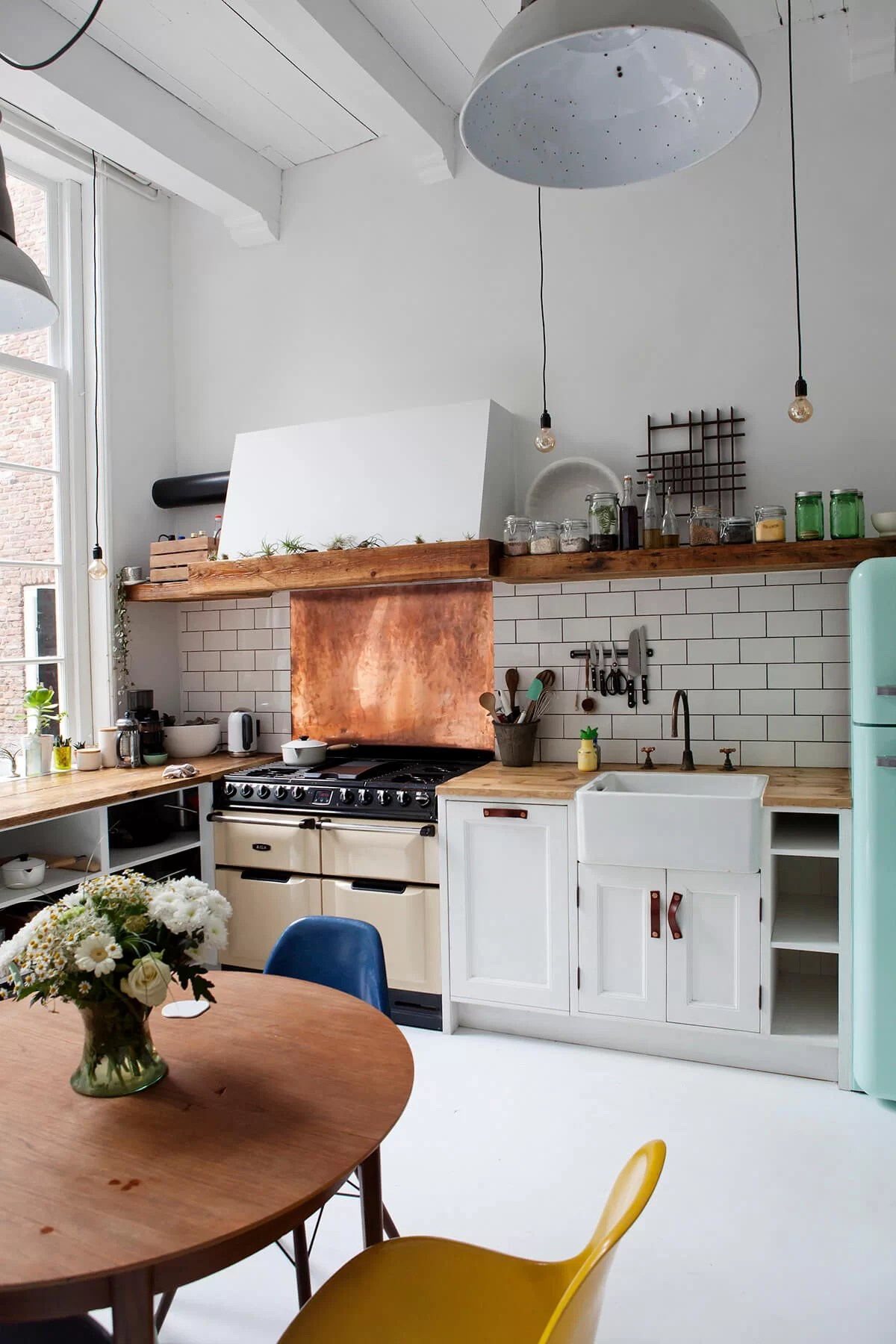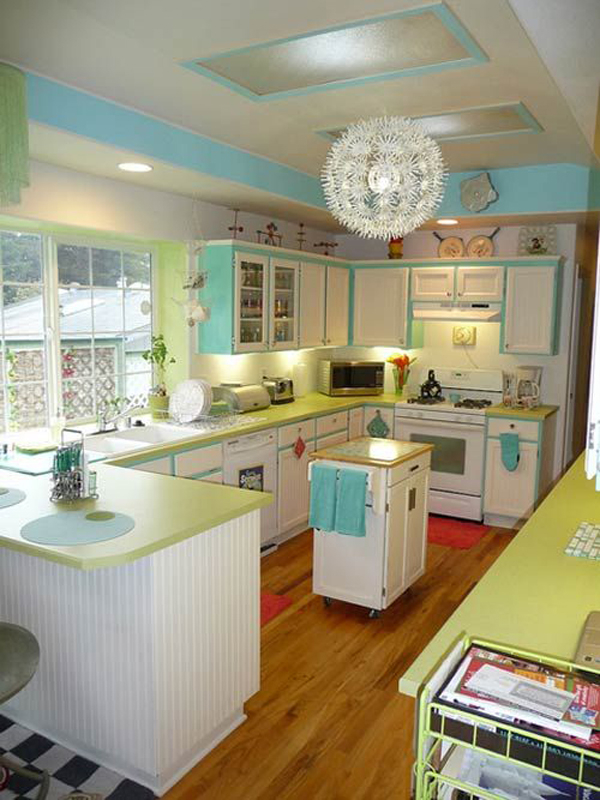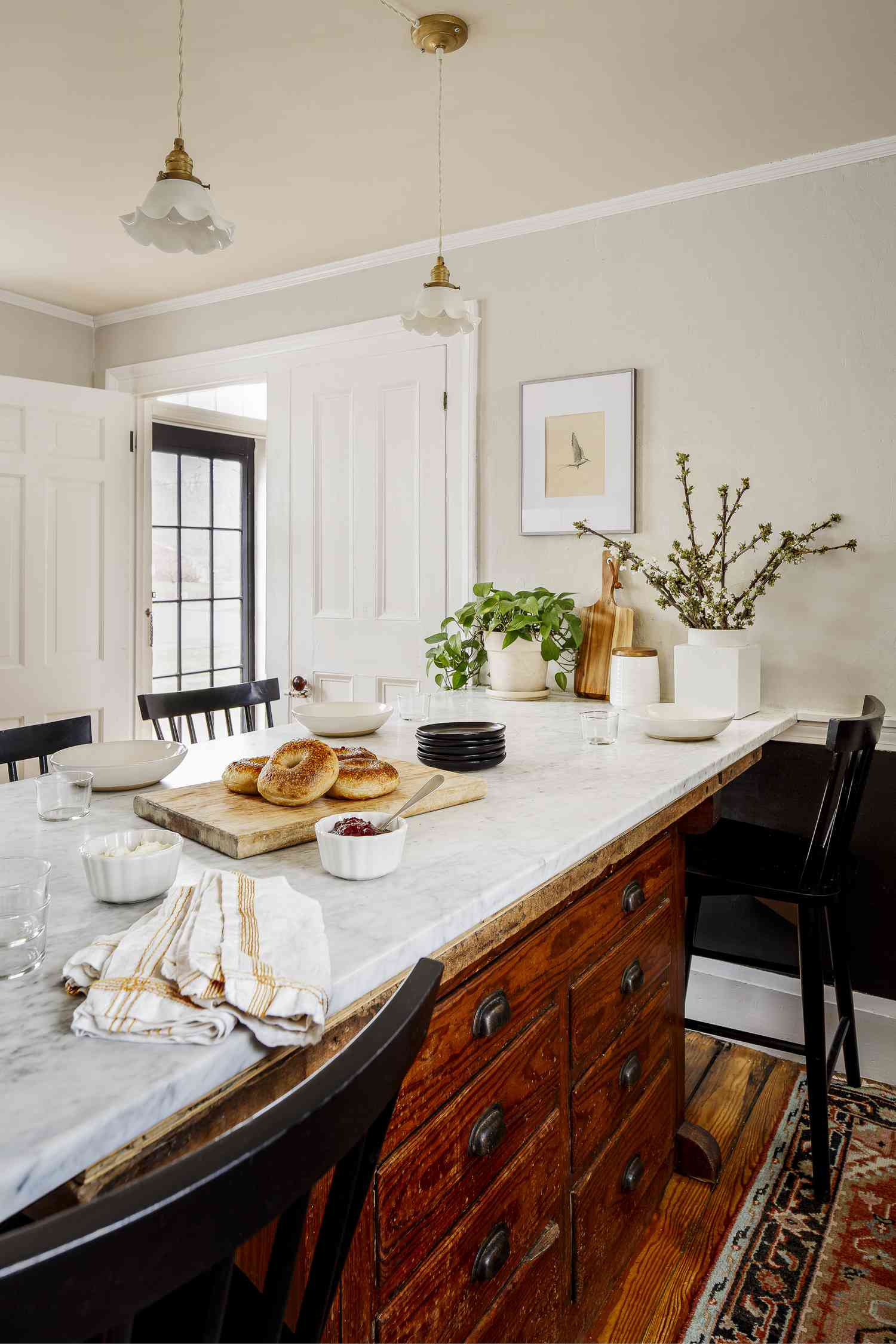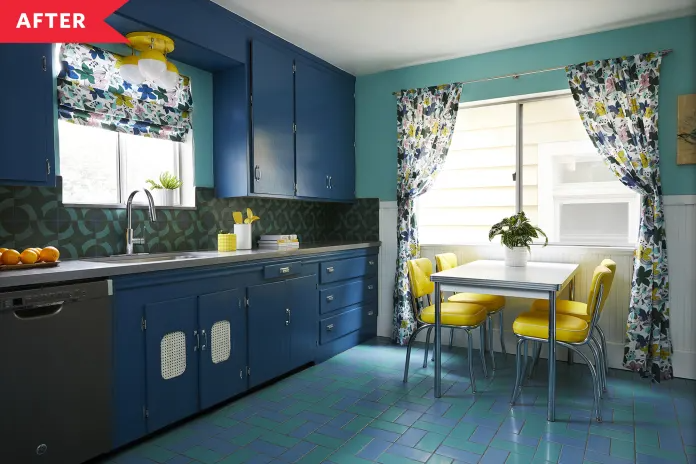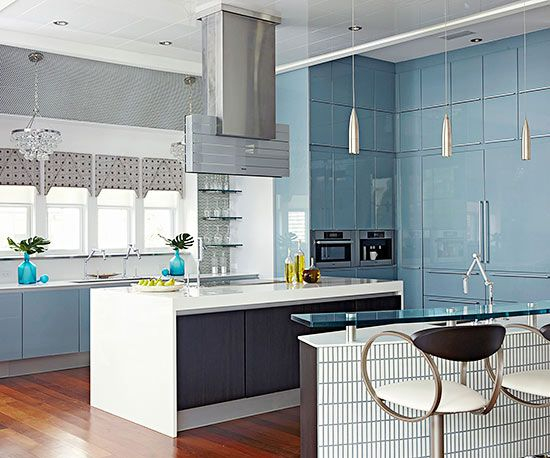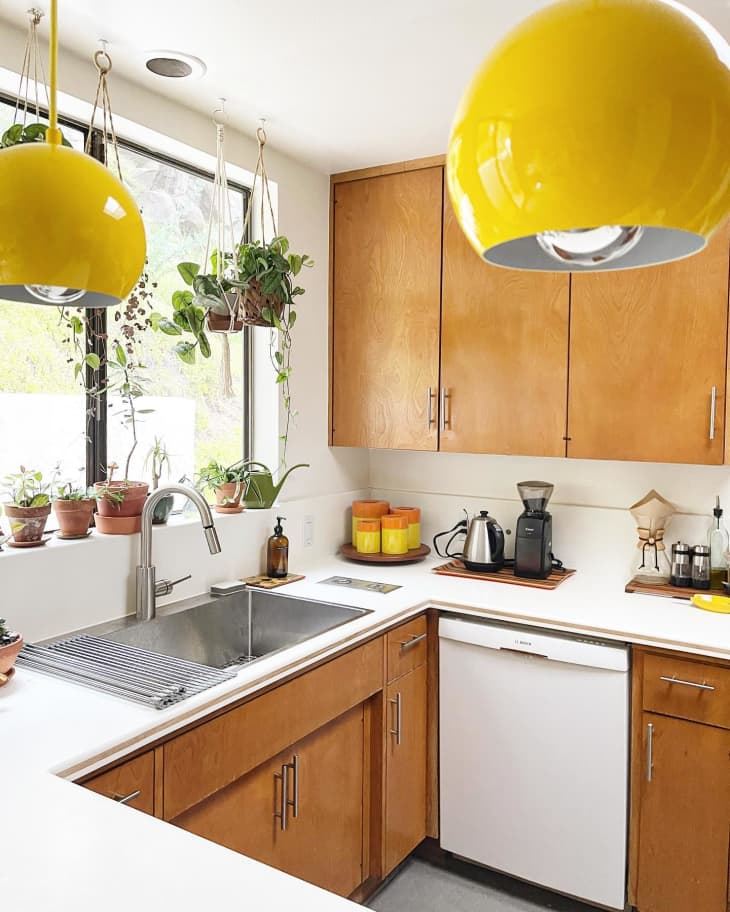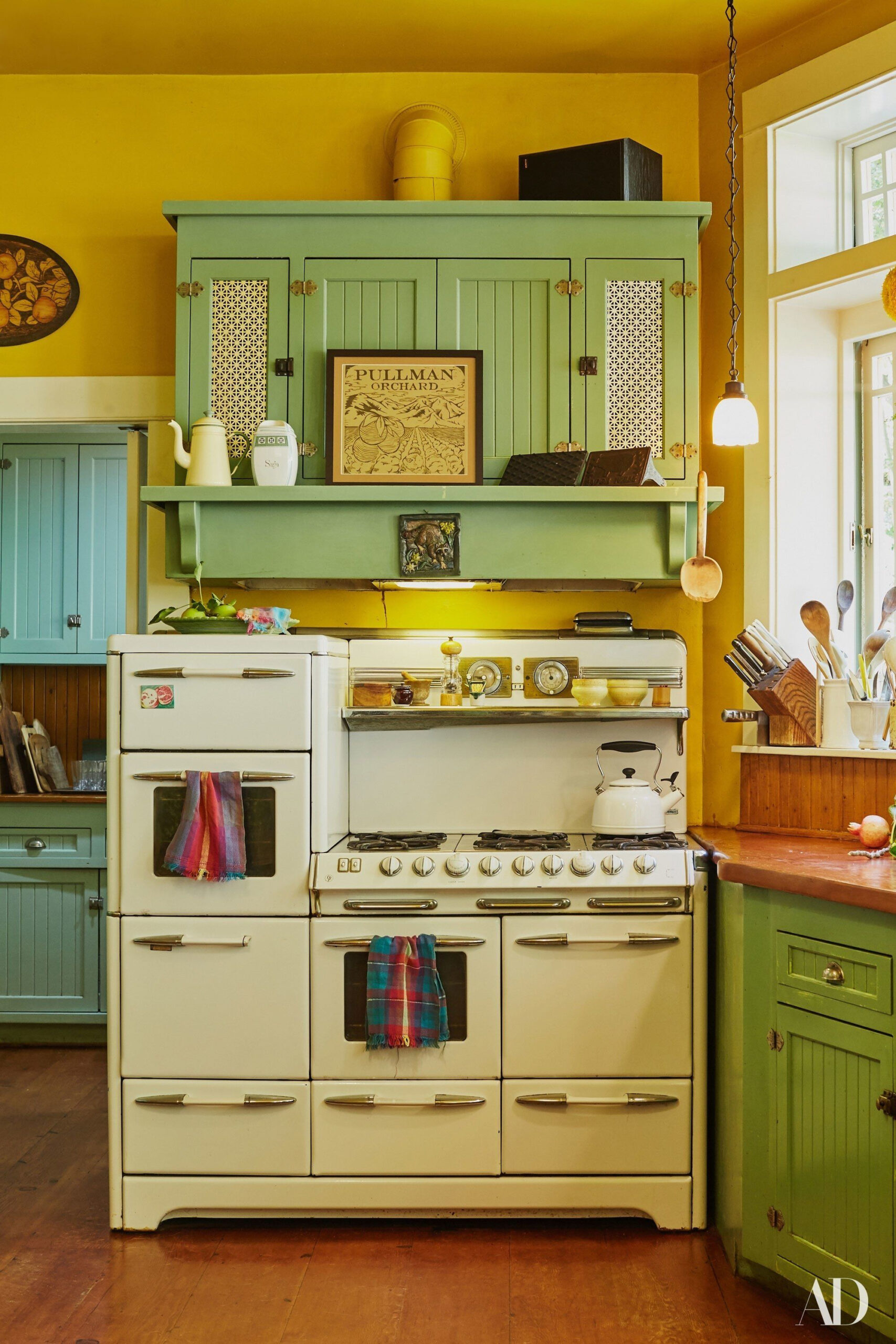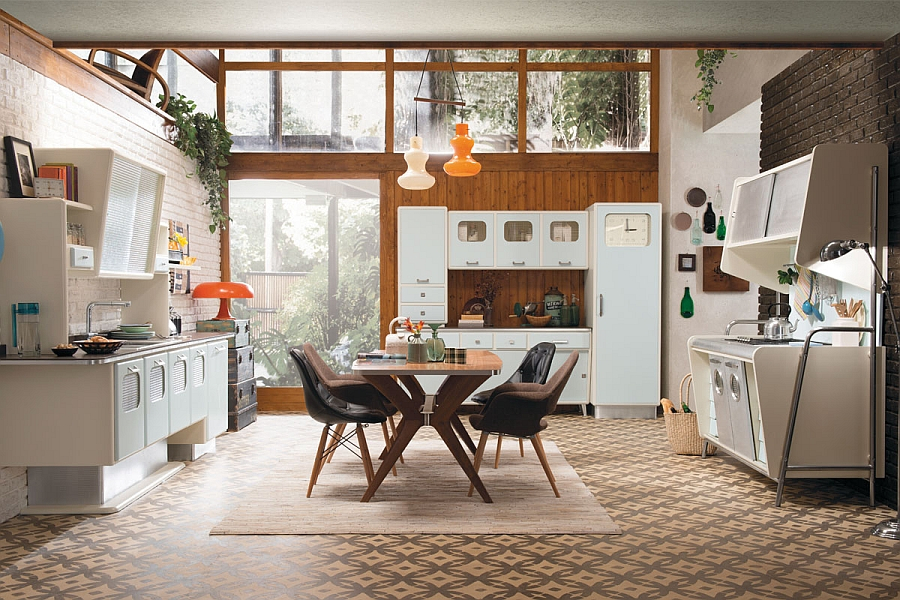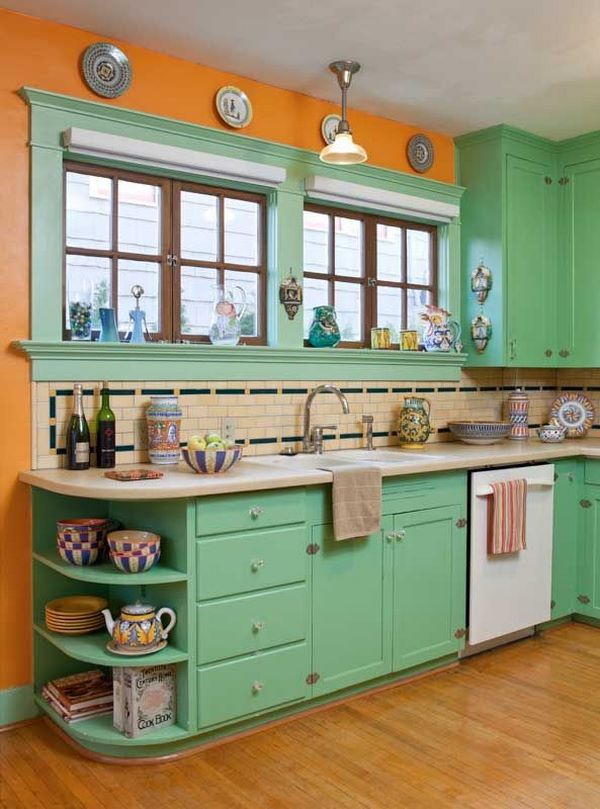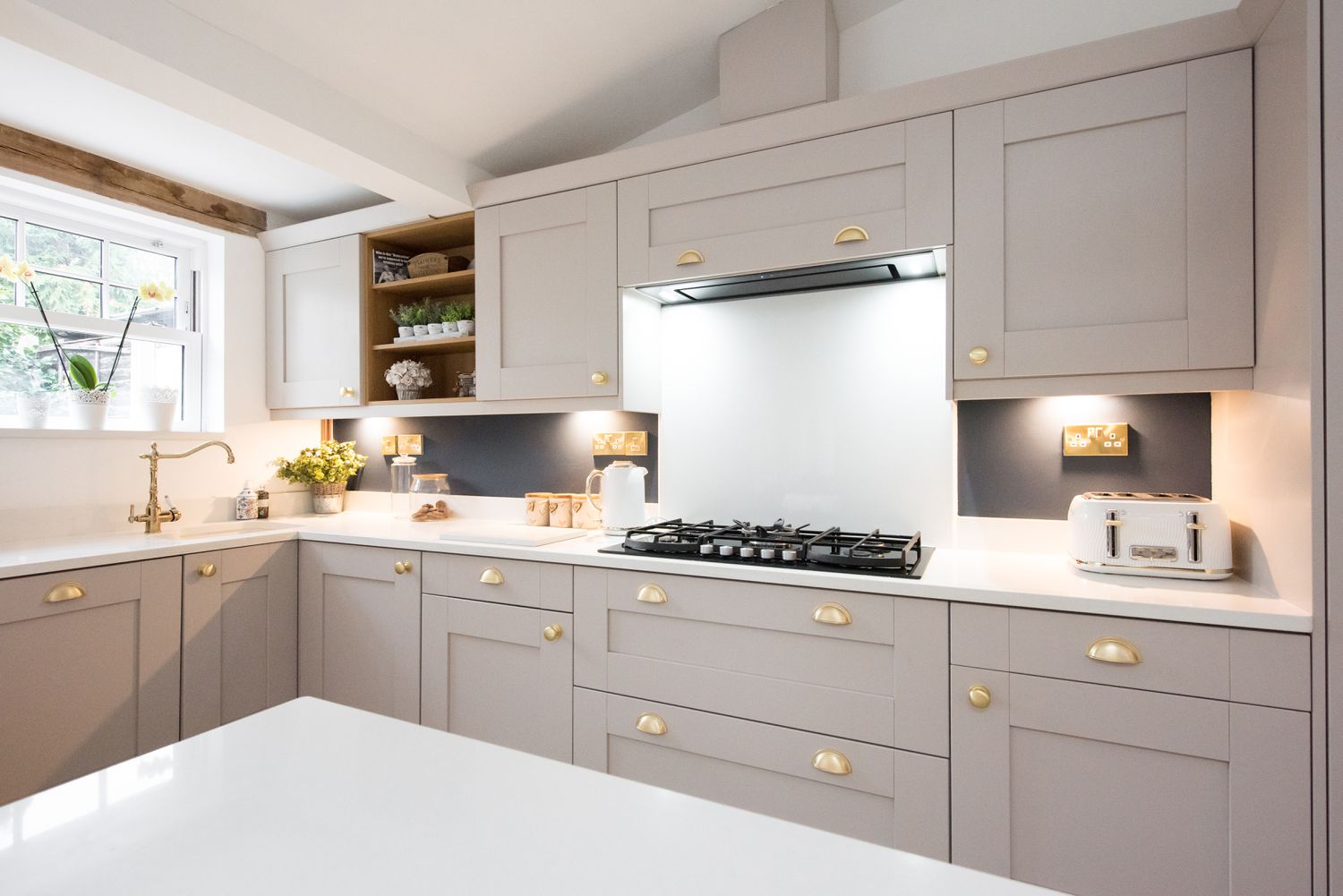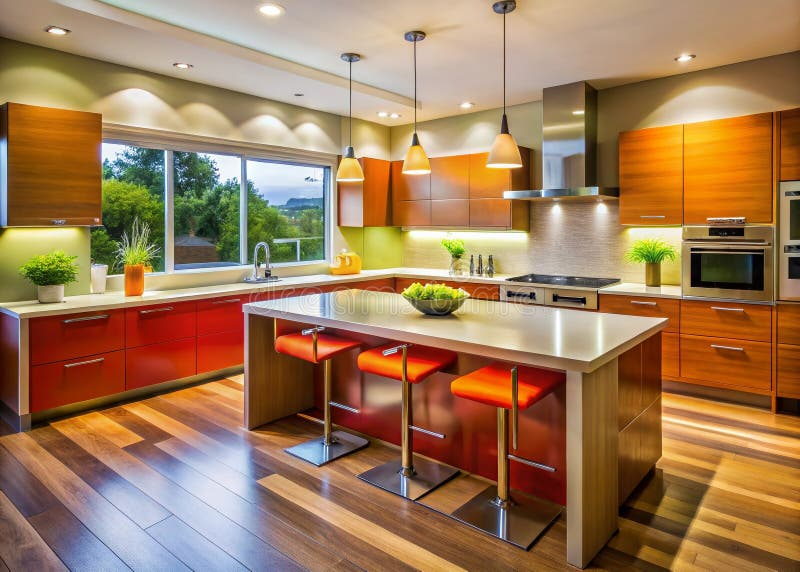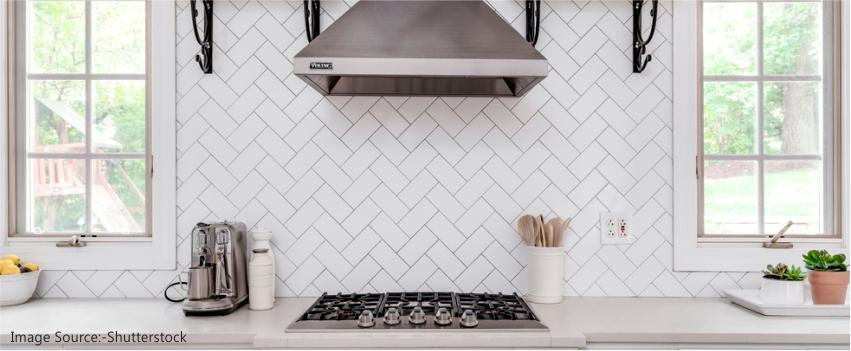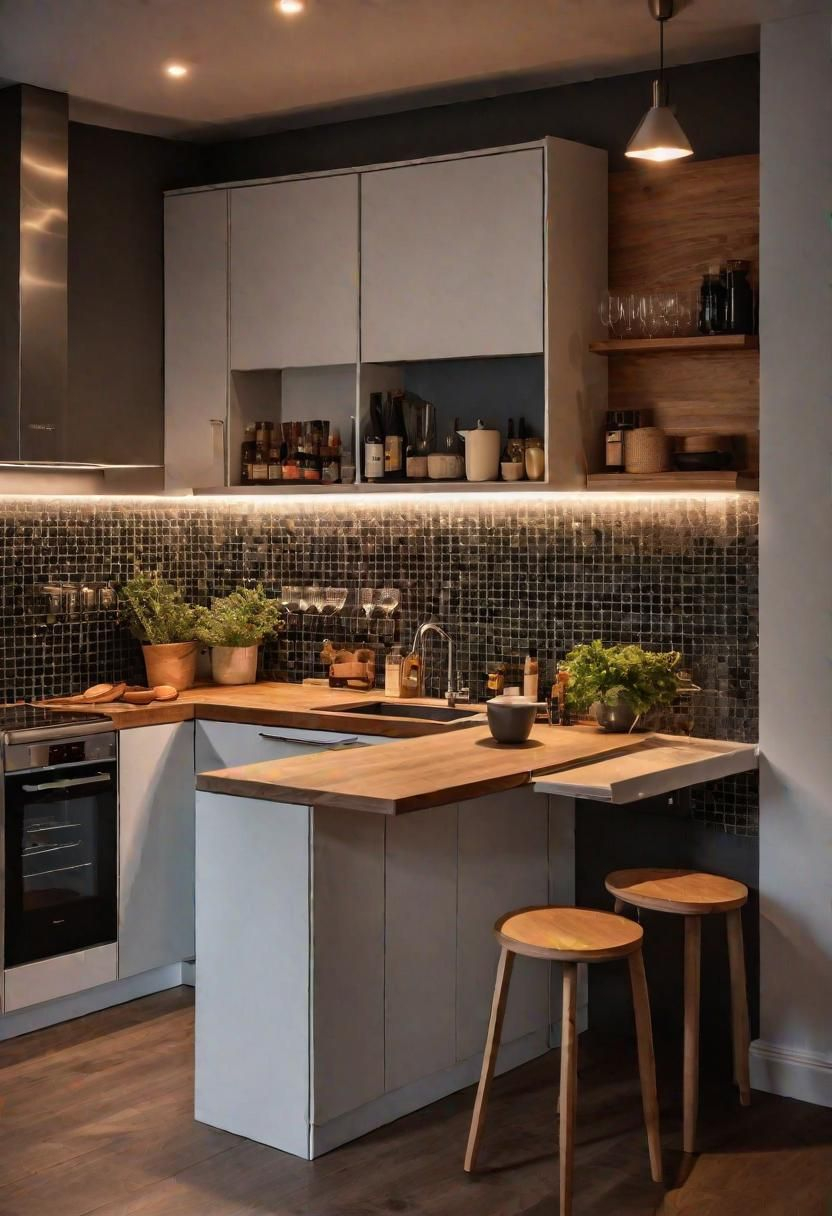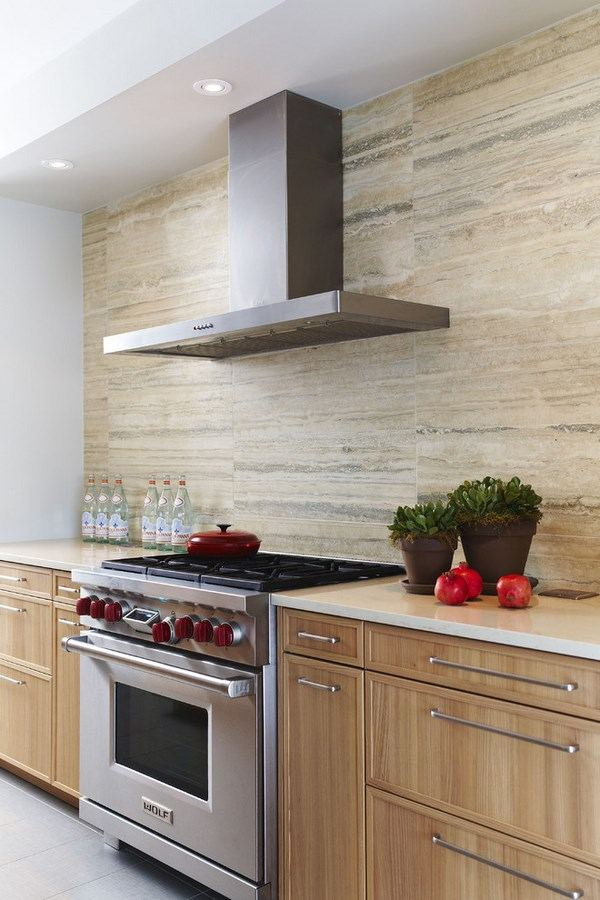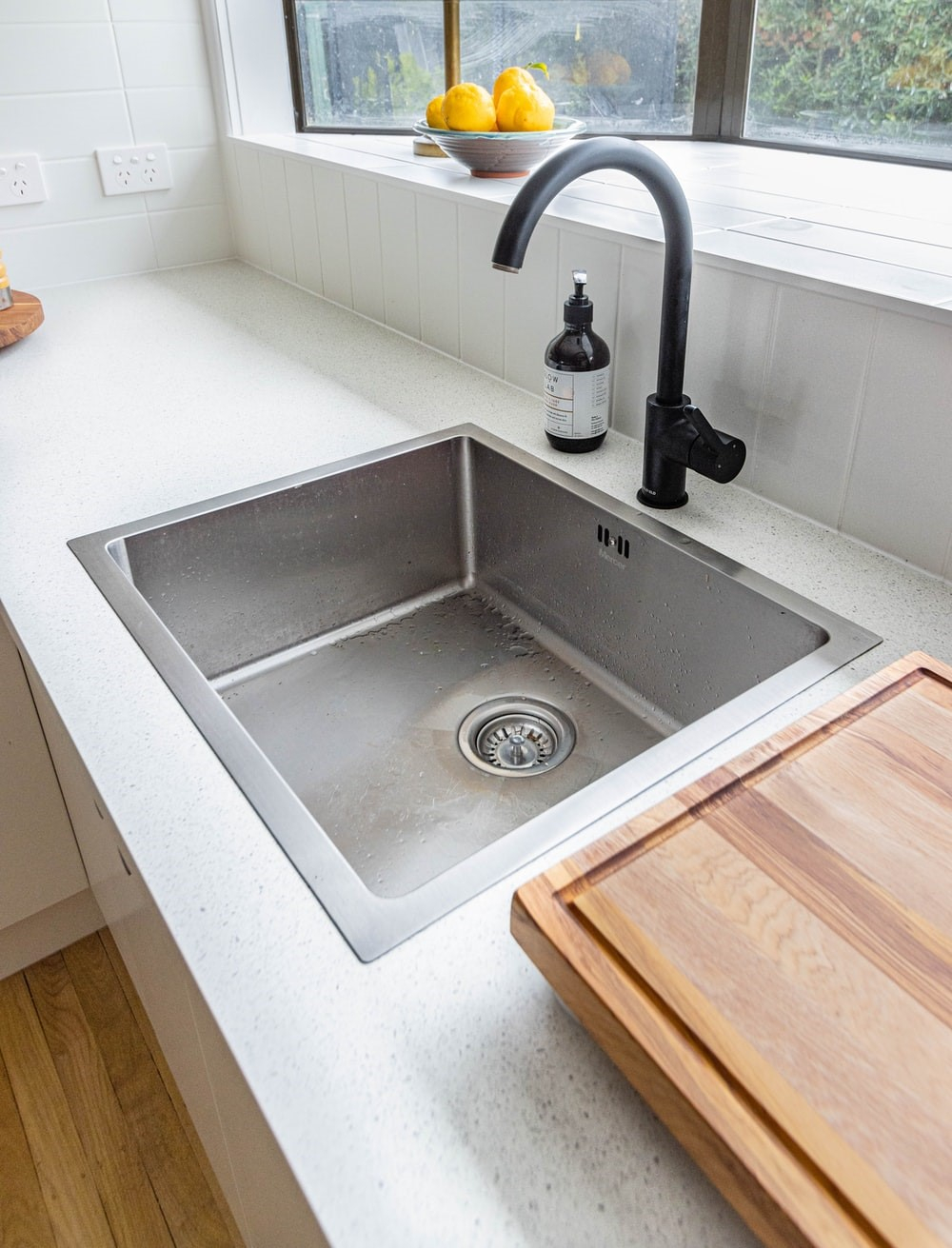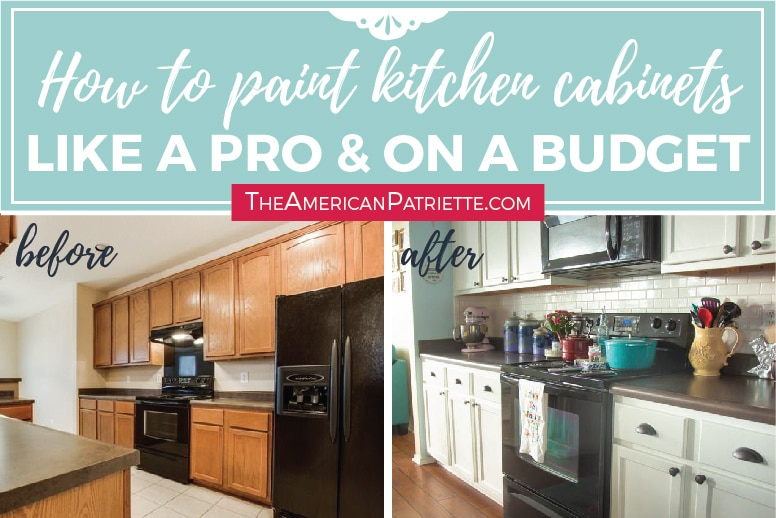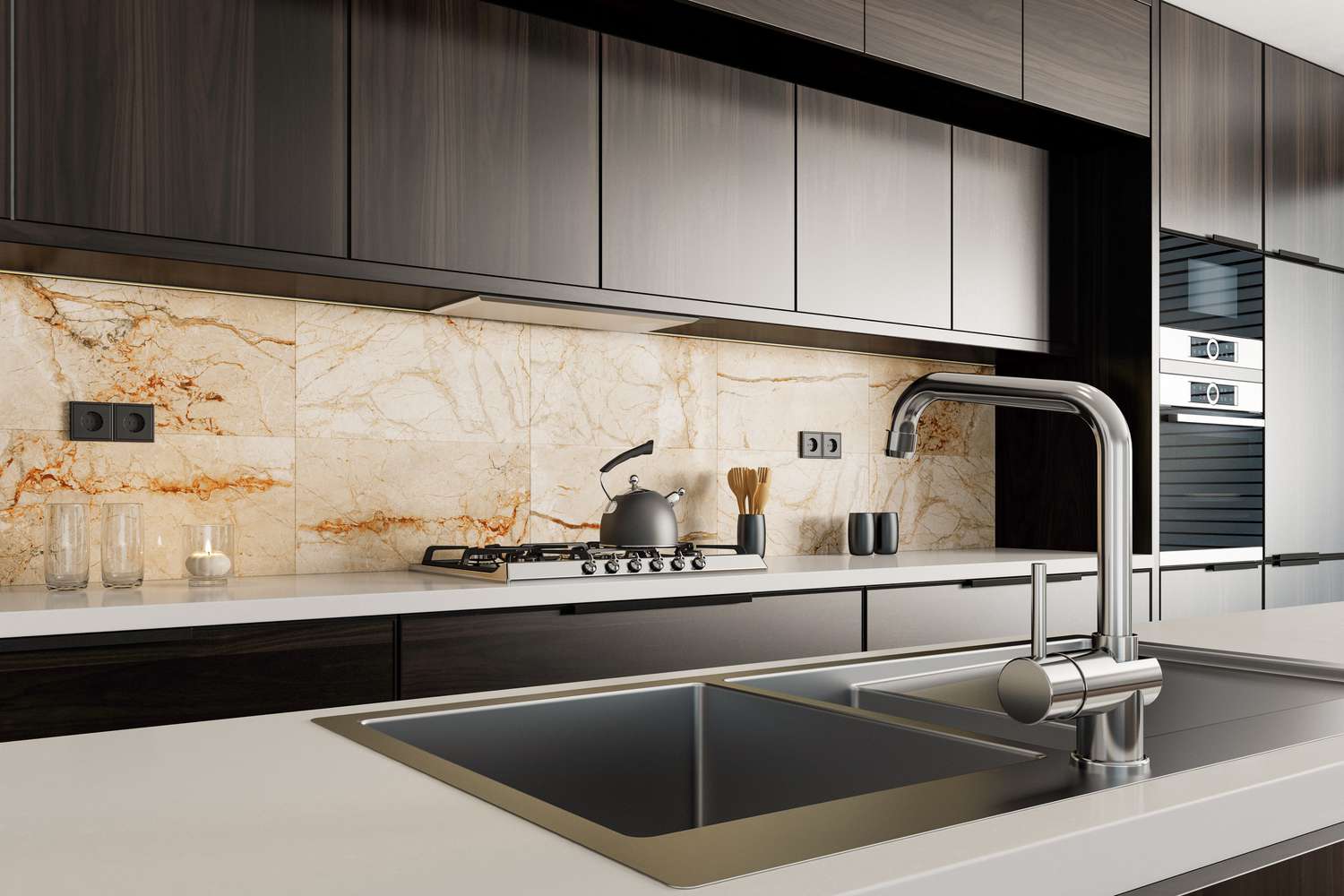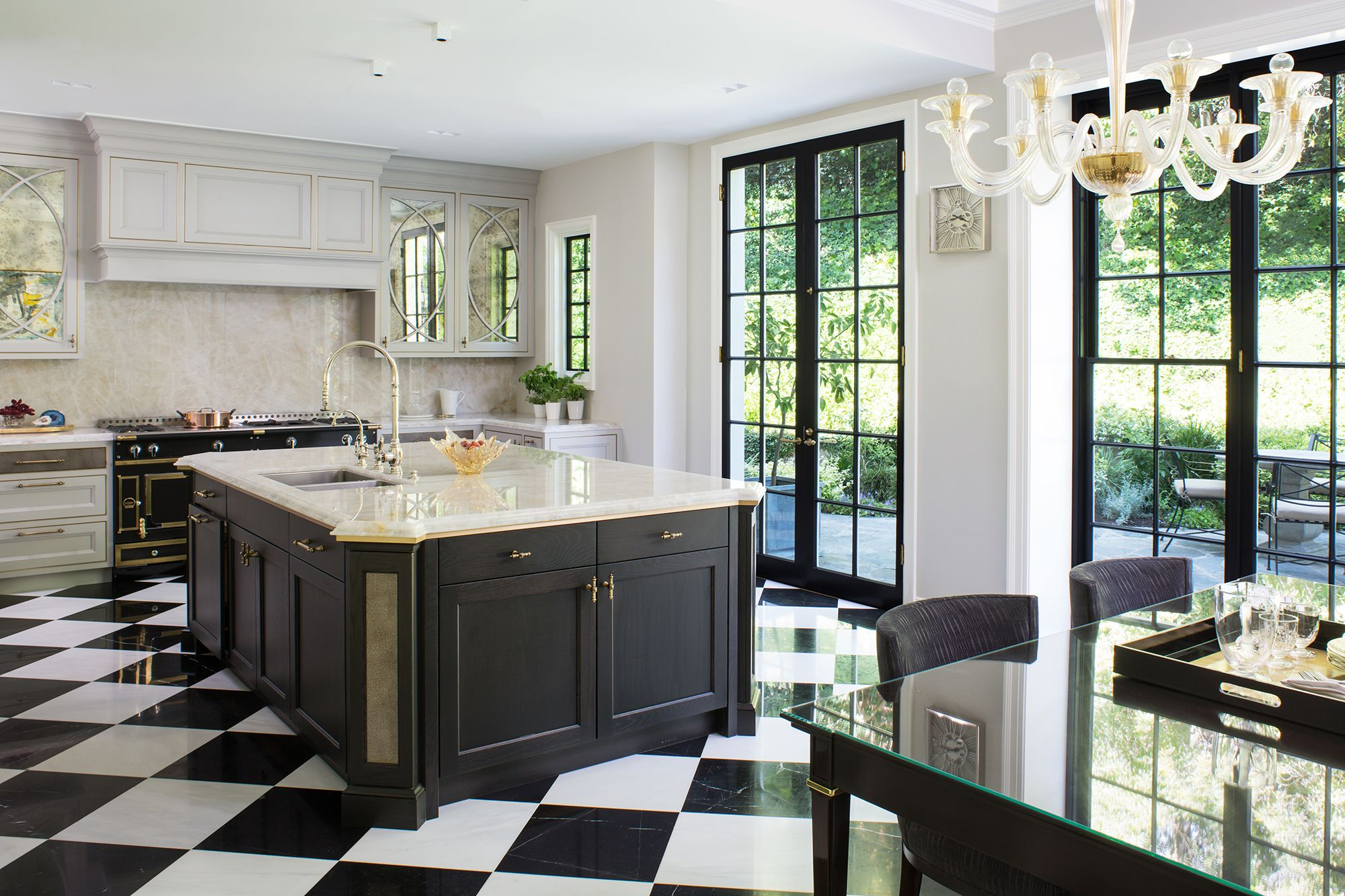Ever find yourself drawn to the warmth and character of kitchens from yesteryear? There’s a unique allure to those spaces, a feeling of comfort and nostalgia that modern design sometimes struggles to replicate. But what if you could bring that same inviting atmosphere into your own home? It’s not just about aesthetics; it’s about capturing a spirit, a way of life that valued craftsmanship and a sense of togetherness. This guide is your key to unlocking that special retro charm, transforming your kitchen into a space that feels both timeless and deeply personal.
In a world constantly chasing the next big thing, there’s something incredibly comforting about the enduring appeal of retro kitchens. Think of those classic designs from the 1950s, ’60s, and ’70s – the cheerful colors, the sturdy appliances, the sense of unpretentious practicality. These aren’t just outdated styles; they represent a connection to a past where kitchens were often the heart of the home, places for family meals, lively conversations, and cherished memories. This article is all about diving deep into what makes these kitchens so special and how you can weave that magic into your own culinary space. Ready to add a dash of vintage flair to your everyday?
The Foundation: Color Palettes and Materials
One of the most immediate ways to evoke a retro feel is through your color choices and the materials you use. Forget sterile whites and grays for a moment. Think bolder, warmer hues. The mid-century modern era, for instance, championed earthy tones like avocado green, harvest gold, and burnt orange. The 1950s, on the other hand, brought us cheerful pastels – mint green, baby blue, and soft pink. Don’t be afraid to mix and match. A mint green appliance against a backdrop of pale yellow or a checkerboard floor can instantly transport you. Materials also play a huge role. Think about Formica countertops, linoleum flooring, and perhaps even a touch of chrome accenting. These elements weren’t just chosen for their looks; they were often practical and durable, fitting the ethos of the time. Consider a classic black and white checkerboard vinyl floor for a timeless diner vibe, or perhaps a pastel-colored backsplash that pops. It’s about creating a harmonious blend that feels authentic and inviting.
Appliances: The Heart of the Retro Kitchen
When people picture a retro kitchen, often the first thing that comes to mind is the appliances. And for good reason! Iconic refrigerators with rounded edges, chunky gas stoves, and those distinctive toaster ovens were designed to be both functional and stylish. You don’t necessarily need to hunt down original vintage pieces (though that’s certainly an option for the dedicated enthusiast!). Many manufacturers today offer retro-inspired appliances that capture the look and feel of bygone eras while incorporating modern technology and energy efficiency. Imagine a vibrant red, rounded refrigerator or a cream-colored range with chunky knobs. These aren’t just machines; they’re statement pieces. Even smaller appliances, like a retro-style stand mixer or a chrome toaster, can make a significant impact. The key is to choose pieces that have that distinct, classic silhouette and, if possible, a cheerful color that complements your overall design scheme. It’s about blending form and function in a way that feels delightfully nostalgic.
Cabinetry and Hardware: The Details Matter
The cabinets and their hardware are crucial in setting the retro tone. In many vintage kitchens, you’d find simple, utilitarian cabinet designs, often made of wood. Think flat-panel doors or Shaker-style fronts. The finishes could range from natural wood stains to painted surfaces in those signature retro colors we talked about earlier. When it comes to hardware, chrome, brushed nickel, or even brightly colored enamel knobs were popular. These small details can make a big difference. Consider replacing modern, sleek handles with vintage-inspired pulls or knobs. If you’re renovating, look for cabinet styles that echo the clean lines of the mid-century or the more rounded, playful designs of the fifties. Even updating your existing cabinets with a fresh coat of paint in a retro hue and swapping out the hardware can dramatically alter the kitchen’s character. It’s these thoughtful touches that really bring the past to life.
Lighting: Setting the Mood
Lighting is another powerful tool for achieving that retro ambiance. Forget harsh, modern recessed lighting. Think about fixtures that add warmth and character. Pendant lights with glass shades, often in colors like milk glass or chrome, were very common. Sconces with a vintage feel can also add a lovely touch, casting a warm glow over your workspace. Don’t underestimate the power of a good overhead fixture, perhaps a Sputnik-style chandelier for a touch of mid-century flair, or a simple, frosted glass globe for a more subdued, classic look. Consider task lighting that feels period-appropriate, too. Under-cabinet lighting can be discreetly installed, but the visible fixtures should really speak to the era you’re trying to capture. It’s about creating a cozy, inviting atmosphere where you’ll want to spend time.
Accessorizing with Vintage Flair
Once the main elements are in place, it’s time for the fun part: accessorizing. This is where you can really inject personality and those charming, nostalgic touches. Think about vintage-style canisters for storing flour and sugar, perhaps with a floral or geometric pattern. A classic enamelware bowl, a retro-print tea towel, or a collection of colorful Pyrex dishes can all contribute to the overall aesthetic. Don’t forget functional decor. A vintage-style wall clock, a recipe box, or even a rotary-dial wall phone (even if it’s just for show!) can add an authentic layer. Consider displaying old cookbooks or framed advertisements from the eras that inspire you. It’s these curated touches that tell a story and make your kitchen uniquely yours. It’s not about clutter; it’s about thoughtful additions that resonate with the retro theme.
Practical Tips for a Functional Retro Kitchen
While embracing the charm of the past is wonderful, it’s important that your kitchen remains a functional space for modern living. The good news is that many retro designs were inherently practical. Those simple cabinet layouts often provided ample storage, and the durable materials were built to last. When choosing retro-inspired appliances, prioritize energy efficiency and modern features where possible. For instance, a retro-style range might still offer convection cooking or self-cleaning functions. Think about layout, too. Many vintage kitchens were designed with efficient workflows. Consider how you use your kitchen daily and adapt classic layouts to suit your needs. Open shelving, for example, can be a great way to display your vintage dishware while keeping essentials within easy reach. And remember, a retro kitchen doesn’t have to mean sacrificing modern conveniences like dishwashers or microwaves. These can often be integrated discreetly into the overall design. It’s about finding that balance between nostalgic charm and everyday usability.
Bringing retro charm into your kitchen is more than just a design choice; it’s about creating a space that feels warm, inviting, and full of personality. By focusing on color palettes, iconic appliances, thoughtful cabinetry, appropriate lighting, and charming accessories, you can successfully evoke the spirit of bygone eras. Remember, it’s about finding what resonates with you and weaving those elements together seamlessly. Your kitchen should be a reflection of your taste and a place where you love to spend time, whether you’re whipping up a quick breakfast or hosting a family dinner. So go ahead, unlock your kitchen’s past, and create a space that’s as timeless and delightful as your favorite vintage finds.

